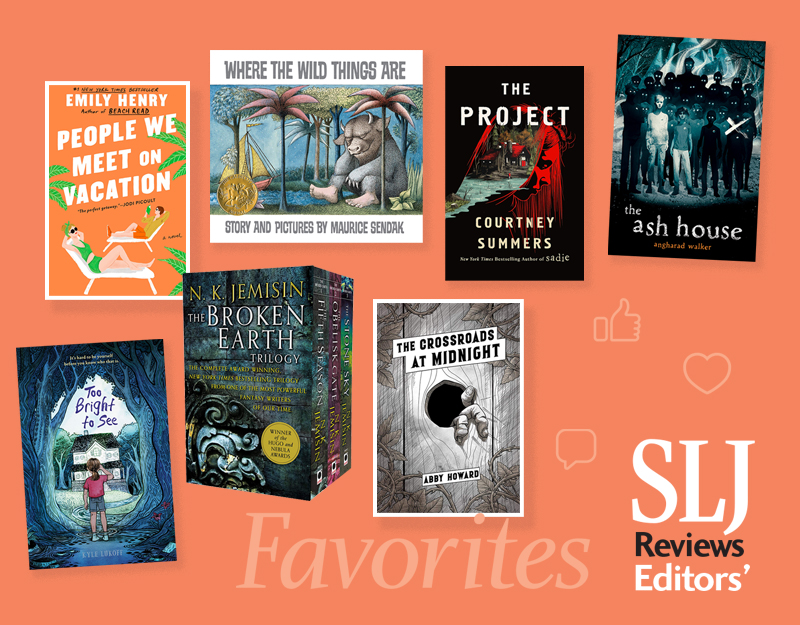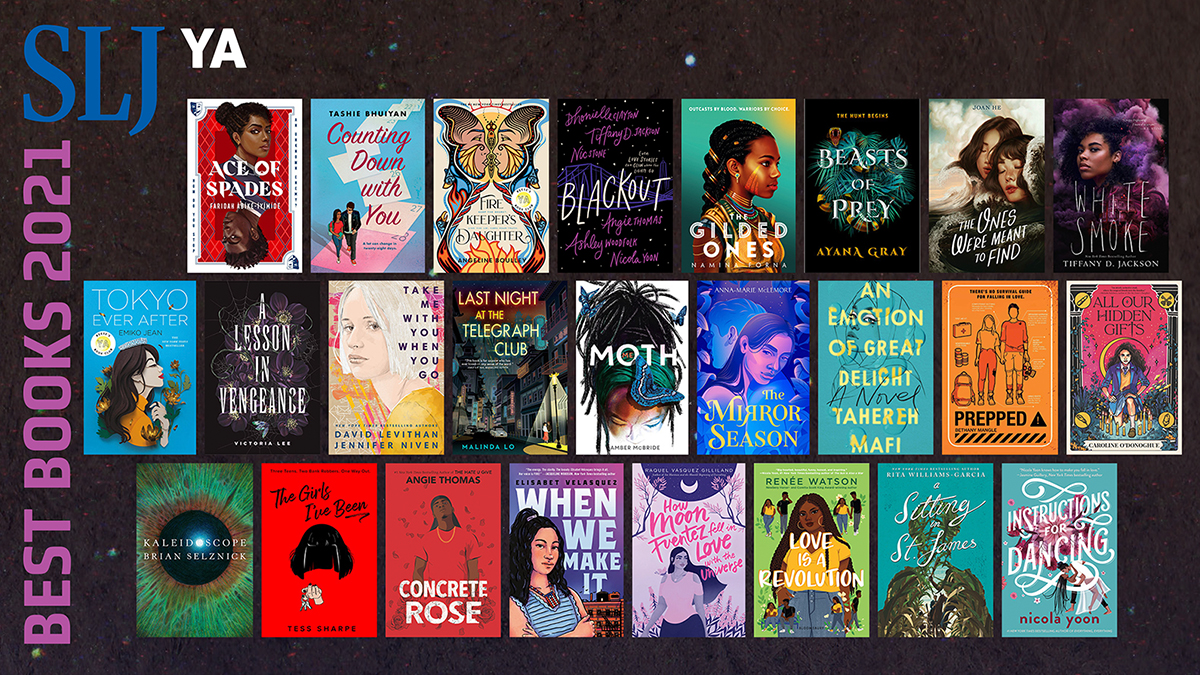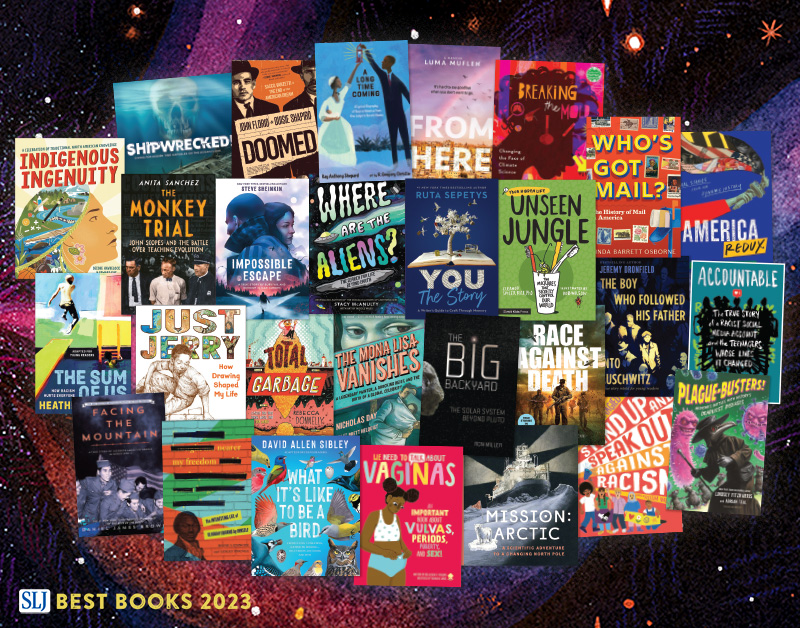Review of the Day: The Snail With the Right Heart by Maria Popova, ill. Ping Zhu

The Snail With the Right Heart: A True Story
By Maria Popova
Illustrated by Ping Zhu
Enchanted Lion Books
$18.95
ISBN: 9781592703494
Ages 5-9
On shelves now.
In what area of your life do you consider yourself “conservative”? Are there places in this great green world where you do not budge an inch? Where you could never ever be swayed? I ask this because as a reviewer of books intended for children I have to remain conscious at all times that every product I consider has had to squeeze itself through my own particular lens. And what makes my lens any better than your lens? This sort of question becomes abundantly clear whenever I look at a work of nonfiction. For children’s books, I give almost no quarter. Fake dialogue is my Achilles heel and if I see so much as a hint of it in a book then I recoil like a vampire huffing garlic. As far as I’m concerned, fake dialogue is just the element that suggests greater, wider problems with the total product. So what happens when I come across a book that stirs the fictional and informational elements of a story together in more creative, socially conscious ways? In the core of my being, I want to slot books into clear-cut, neat little categories. To box them up with labels and not have to think about them anymore. Most publishers are happy enough with this arrangement and don’t attempt to question it. Then you get a publisher like Enchanted Lion Books. Or an author like Maria Popova. Smoosh the two together, and you end up with a book as beautiful, in every sense of the word, as The Snail With the Right Heart. Subtitle: A True Story. Not wrong. But not something I can slot away. A book that dares to play with storytelling and science in a wholly different way.
It could have been ignored. Forgotten completely, had a retired scientist not seen its shell. Upon closer inspection the little snail appeared to be backwards. Its shell did not spiral to the right but to the left. And since the scientist had heard snail researcher Dr. Angus Davidson on the radio not long before, he delivered the little specimen. Dubbed Jeremy, Dr. Davidson set about finding the snail a mate with a similar case of situs inversus (a condition in which one’s internal organs are “inverted”). Lo and behold two more such snails were found, but they mated with one another rather than Jeremy. Fortunately, Jeremy was eventually able to have offspring, but none of them reflected what it was that made Jeremy so unique. Nevertheless, someday in the future, perhaps another snail will share those very traits. Long after we’re gone and some of the stars have disappeared from our sky.
ADVERTISEMENT
ADVERTISEMENT

This leads us to a very big question surrounding this book: Is it or is it not nonfiction? I mean, we’re living the Golden Age of Backmatter. If I pick up a nonfiction book of any sort, I wanna see some killer resources, websites, and recommended reads at the back. I want additional information about Jeremy that couldn’t make the text because there simply wasn’t room, or it didn’t fit. So why wasn’t there any? The key to this might lie in an accompanying release that was sent to reviewers. There is a line in it that states that this book is merely “Based on a true story”. Indeed, the Publishers Weekly review said that the book “succeeds more as allegory than as informational text, with passages that bounce between metaphorical and scientific descriptions of gastropod reproduction and genetics.” But does poeticism of text automatically negate a book’s factual content? Is it impossible to write beautifully and still be considered informational? One way of determining the book’s content is to take a look at where libraries have been shelving it. A cursory look at nine libraries in my consortium revealed that all but one had placed it in the nonfiction section. And even the sole library that listed it as fiction gave it a call number of 594.3.
To my mind, Popova has managed to do what some of the best nonfiction is capable of accomplishing. She has taken a true story and breathed life into it to make it human. Her writing at the very start says, “Long ago, before half the stars that speckle the sky were born and before the mountains rose reaching for them, a giant ocean covered the Earth.” This sentence is a warning of sorts. It tells the reader precisely what kind of title they have in their hands. And if the adult gatekeeper reads the line “reaching for them” and something deep inside revolts, this may not be the book for them. Another clue? The cute title. The Snail With the Right Heart. As Shakespeare would say, “There’s a double meaning in that.” For still others they will have difficulty with the anthropomorphizing. “Doctor Angus didn’t want Jeremy to be lonesome.” These were the parts that I personally had the most difficulty with. I’m not sure it was necessary to add that component to the storytelling. A scientist can be both affectionate and professional without having to base their experiments on a personal connection, after all.

The best way to understand this book is to understand Ms. Popova’s connection to the source material. On her site Brain Pickings she credits two inspirations. The first, is The Little Prince which, she says, “I reread once a year every year for basic soul-maintenance”. This explains a great deal. Like The Little Prince this book aims outside its own borders. Unlike it, it still is restricted to the confines of nonfiction. The second influence is “a beloved young human in my own life, who is living with the same rare and wondrous variation of body as the real-life mollusk protagonist.” Indeed, Popova has vowed to, “donate all my author’s proceeds from the book to the Children’s Heart Foundation, whose quarter-century devotion to funding research and scientific collaborations is shedding light on congenital heart conditions to help young humans with unusual hearts live longer, wider lives.” Once I learned these details, the parts of the book that hadn’t quite coalesced together before came together at last.
Curiously, the ending of the book reminded me, in a lot of ways, of Gene Luen Yang’s Dragon Hoops. That book too is a nonfiction story but written within a storytelling framework. Yang, who puts himself directly into the narrative, frets throughout the book that if the sports team that he’s following doesn’t win the championship they’re aiming for, it might ruin this book that he is writing. Similarly, in Snail Popova builds up the narrative to a point where you may begin to believe that the ultimate goal here would be if Jeremy were to produce another situs inversus offspring. Instead, while it is capable of reproducing with another, that never happens. One of my co-workers actually was not a huge fan of this book because they, “found Jeremy’s story depressing–if they were trying to inspire me they didn’t succeed”. I might have felt the same if Jeremy hadn’t actually sired some offspring eventually. Instead, I think I might call this story bittersweet more than anything else. If it were strictly science-based we might get some poignant words about how the experiments you run don’t always go according to plan. Instead, the focus remains squarely on Jeremy’s short life and the hope that someday, perhaps far in the future (maybe when some of the stars that speckle the sky are gone) there might be another snail just like Jeremy. And there’s a poetry to that thought.

Ping Zhu, as it happens, created the cover art for Popova’s previous (and adult) book for Enchanted Lion Press, A Velocity of Being: Letters to a Young Reader. Ping has done a few books for children and in this book, she was given a kind of leniency that I suspect other artists would envy. The art appears to be watercolors, and the colors just pop. While most garden variety snails are not usually considered the most colorful of critters, Ping finds broad sweeps of color in other places. From the metaphorical parade of evolution to the snail sex page (oh yeah, it’s there, “love darts” and all) to the final image of a sun setting and the sky a red/orange/yellow/blue/purple/pink throb of tones, this is a treat to the eye. My favorite part is the book’s most blatant indulgence. In a section discussing genes, recessive and otherwise, the page inexplicably lifts out of the book, in a kind of half-gatefold, to reveal what is essentially three pages of vegetation and the occasional creepy crawly. It doesn’t need to be there and yet the book is stronger for its inclusion. I just love it. I wish more children’s books could surprise us with unnecessary beauty once in a while.
In the midst of all that beauty, though, there are things I might have changed. You can indulge in (for lack of a better word) lyrical writing and still have backmatter. That doesn’t hurt anyone and it gives the book a wider audience. The thing that I would have changed even more readily, however, I was the fact that while Jeremy is said quite clearly to be neither male nor female and that “Jeremy is a they”, the book then immediately goes back to calling the snail “he” for the remainder of the text. And in an era were we are seeing too few “theys” in our children’s books, it hurt to so quickly lose that momentary elation I felt. The book, I should say, is a little inconsistent on this point. At the very end it goes back to calling Jeremy “they” but not long before we have sentences that say things like “Jeremy’s heart was also on the right-wrong side, as were all his vital body parts.” So I chalk this up as an copyediting snafu more than anything else. An easy catch that got missed before the final printing.
Clearly I like to spend inordinate amounts of time fretting over what does or does not make a book nonfiction. But you know what? This book is talking about genetics, genes, evolution, and biology in fun, original ways for children. Popova manages to stay within the range of accurate informational fiction while also making her story read as fluidly and beautifully as any work of fantasy. There’s no fake dialogue. She doesn’t (and I cannot stress enough how grateful I am that she doesn’t do this) jump into the mind of the snail to get its perspective (though she does speculate just once). And the art is just stunning and strange. Wordless gatefolds and sunsets and take a peek under the book’s jacket sometime to see what’s hidden there. Honestly, I can see how this book could upset people who like their science a bit more rigorous than what you’ll find here, but I like it, flaws and all. It’s a book that takes risks, makes mistakes, and comes out memorable in the end. The right snail with the right heart in the right book for the right reader.
On shelves now.
Source: Final copy sent from publisher for review.
Misc:
- Be sure to read Maria Popova’s Brain Pickings article on this book (containing a large chunk of the book’s text).
- And while you’re at it, here is a Guardian article that discusses the facts behind the case.
Filed under: Best Books, Best Books of 2021, Reviews, Reviews 2021
About Betsy Bird
Betsy Bird is currently the Collection Development Manager of the Evanston Public Library system and a former Materials Specialist for New York Public Library. She has served on Newbery, written for Horn Book, and has done other lovely little things that she'd love to tell you about but that she's sure you'd find more interesting to hear of in person. Her opinions are her own and do not reflect those of EPL, SLJ, or any of the other acronyms you might be able to name. Follow her on Twitter: @fuseeight.
ADVERTISEMENT
ADVERTISEMENT
SLJ Blog Network
Tegan and Sara: Crush | Review
Wednesday Roundup: Pointing at Poetry
The Seven Bills That Will Safeguard the Future of School Librarianship
Take 5: Resources for RA Ideas
Gayle Forman Visits The Yarn!
ADVERTISEMENT







